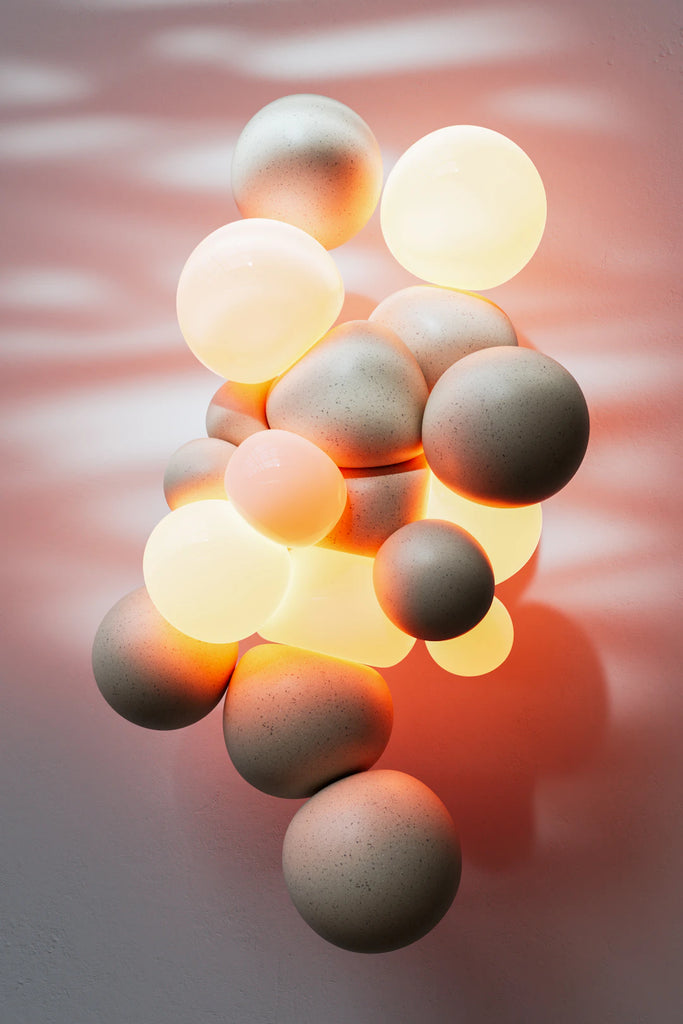Spotting Imitation Pearls: Expert Buyer’s Guide

Frequently Asked Questions
1. What are the main differences between imitation and genuine pearls?
2. Can imitation pearls be valuable?
3. How should I care for my black Tahitian pearls?
4. What is the importance of professional certification when buying pearls?
5. Why are genuine black Tahitian pearls considered a good investment?
When shopping for pearls, authenticity is key to ensure you're investing in beautiful, high-quality jewelry that will stand the test of time. Among the various types of pearls available, black Tahitian pearls are a standout choice for their rarity and captivating beauty. However, with the rise in demand for pearls, imitation versions have flooded the market. This comprehensive guide will help you identify imitation pearls and make confident purchasing decisions.
Understanding the Types of Pearls
Before delving into how to spot imitation pearls, it's essential to understand the different types of pearls available in the market. Pearls are categorized into different categories based on their origin:
Natural Pearls
These are the rarest and most valuable pearls formed naturally inside a mollusk without human intervention. Natural pearls can be found in several forms, such as:
- Saltwater Pearls (e.g., Akoya, South Sea)
- Freshwater Pearls
Cultured Pearls
Cultured pearls are produced by introducing a nucleus into a mollusk, which then produces a pearl. Cultured pearls come in various types, including:
- Black Tahitian Pearls
- Akoya Pearls
- Freshwater Pearls
Imitation Pearls
Imitation pearls are not formed by mollusks and can be made from glass, plastic, or other materials designed to resemble pearls. They are often less expensive but lack the unique attributes of genuine pearls.
Why Authentic Pearls Matter
Investing in authentic pearls, particularly black Tahitian pearls, not only enhances your jewelry collection but also adds value. Here are some reasons to choose authentic over imitation pearls:
- Durability: Genuine pearls, especially black Tahitian pearls, are more durable than imitation options.
- Unique Luster: Real pearls possess a natural luster that is often unmatched by imitation products.
- Investment Value: Genuine pearls can appreciate in value over time, making them an excellent investment choice.
How to Identify Imitation Pearls
Now, let’s explore some practical tips to help you spot imitation pearls.
Check the Surface Texture
One of the first things to inspect is the surface texture of the pearls. Authentic black Tahitian pearls feature a unique, irregular surface with minor blemishes and imperfections. In contrast, imitation pearls typically have a uniform and perfectly smooth surface, which can indicate they’re fake.
Observe the Luster
The luster of genuine pearls, including black Tahitian pearls, should be deep and reflective. Imitation pearls often have a glossy appearance but lack the depth and dimension in their shine. Authentic pearls reflect light in a way that gives them an inner glow.
Look for Iridescence
Authentic black Tahitian pearls often display a natural iridescence that adds to their visual complexity. This effect, known as orient, is not typically present in imitation pearls.
Weight Test
Real pearls are heavier than imitation ones due to their organic composition. If you're able to hold the pearls, authentic black Tahitian pearls will feel weighty in your hand, while imitation pearls often feel light and insubstantial.
The Drill Hole Inspection
Another clear indicator of authenticity can be found by examining the drill holes. Authentic pearls generally have cleanly drilled holes that may show some signs of natural layering. Imitation pearls tend to have a smooth surface around the holes, which can indicate they are not real.
Price Analysis
While price isn’t always a definitive indicator of authenticity, if the pearls are priced significantly lower than the market standard for black Tahitian pearls, they are likely imitation. Real black Tahitian pearls are rare and command a premium price due to their beauty and uniqueness.
Seek Professional Certification
When purchasing more expensive pearls, ask for certification documents that verify their authenticity. Reputable sellers will often provide certificates from gemological institutes or pearl grading agencies.
Take Advantage of Trusted Jewelers
Building relationships with trusted jewelers can significantly improve your chances of acquiring authentic pearls. Professional sellers often have a deep understanding of pearls and can guide you in purchasing quality pieces.
FAQs About Imitation and Genuine Pearls
What are the main differences between imitation and genuine pearls?
The primary differences lie in the surface texture, luster, weight, and overall appearance of the pearls. Genuine pearls possess a complex beauty that imitation pearls cannot replicate.
Can imitation pearls be valuable?
While imitation pearls can be beautiful and affordable accessories, they typically lack long-term investment value compared to genuine pearls.
How should I care for my black Tahitian pearls?
To maintain the beauty of your black Tahitian pearls, avoid exposure to harsh chemicals, clean them with a soft cloth after wear, and store them separately to prevent scratching.
Trust Your Instincts When Buying Pearls
In the world of pearls, knowledge is power. By educating yourself on how to spot imitation pearls, you’re giving yourself an edge in making informed purchasing decisions. This guide, focusing on identifying the unique characteristics of black Tahitian pearls, empowers you to appreciate the beauty of authentic pearls and enhances your jewelry collection.
Explore the luxurious world of pearls with confidence and make informed choices. By following these tips, you’ll not only enjoy the beauty of black Tahitian pearls but also ensure that your investment remains valuable for years to come. Your journey to becoming a savvy pearl buyer starts now!

Leave a comment